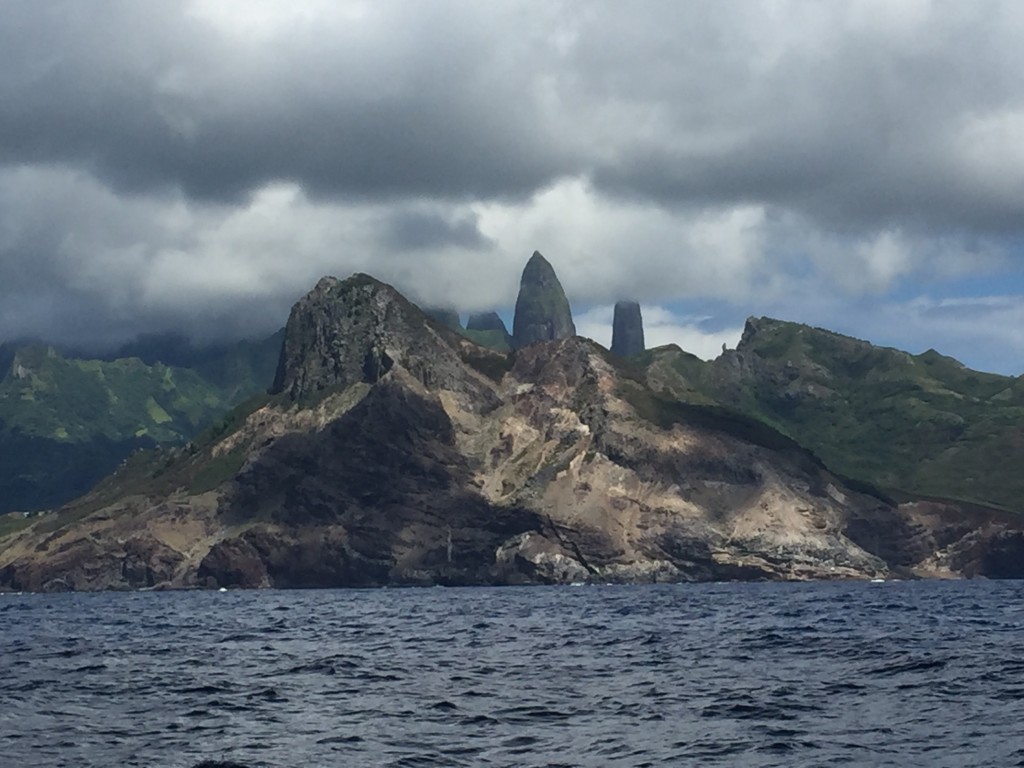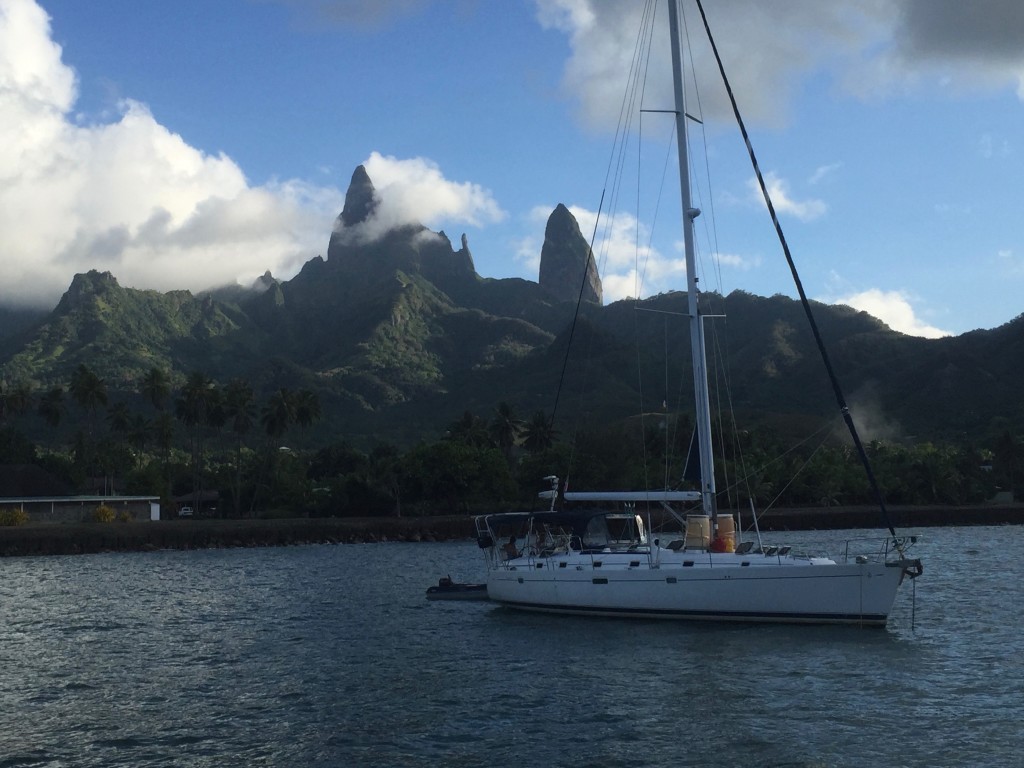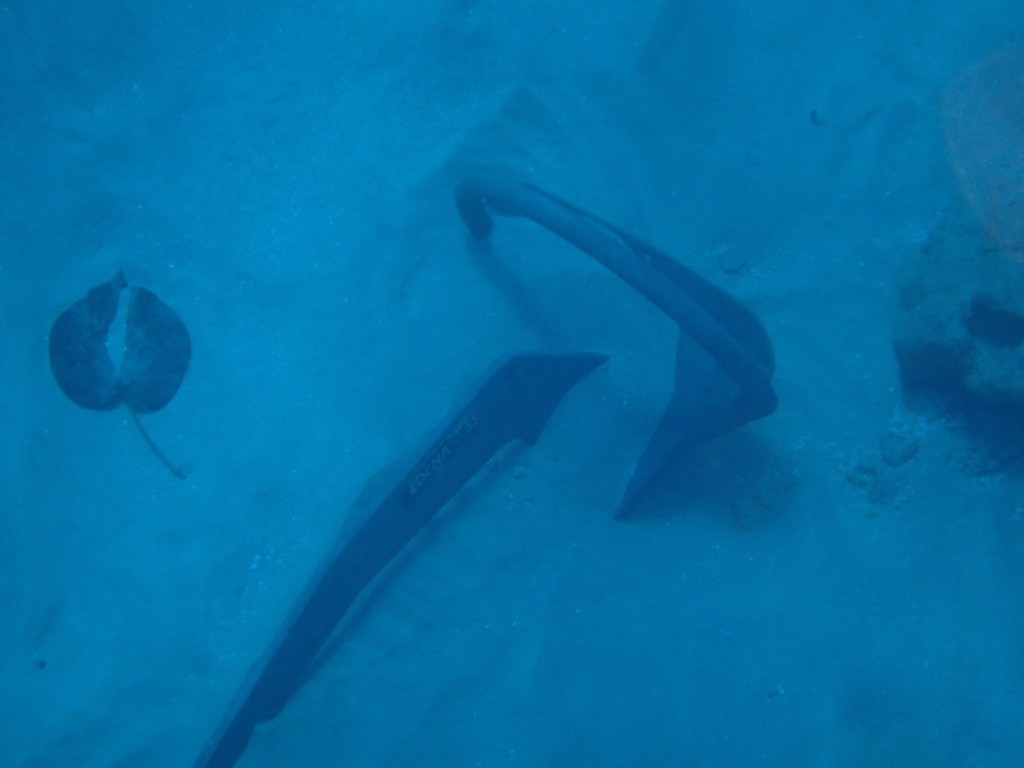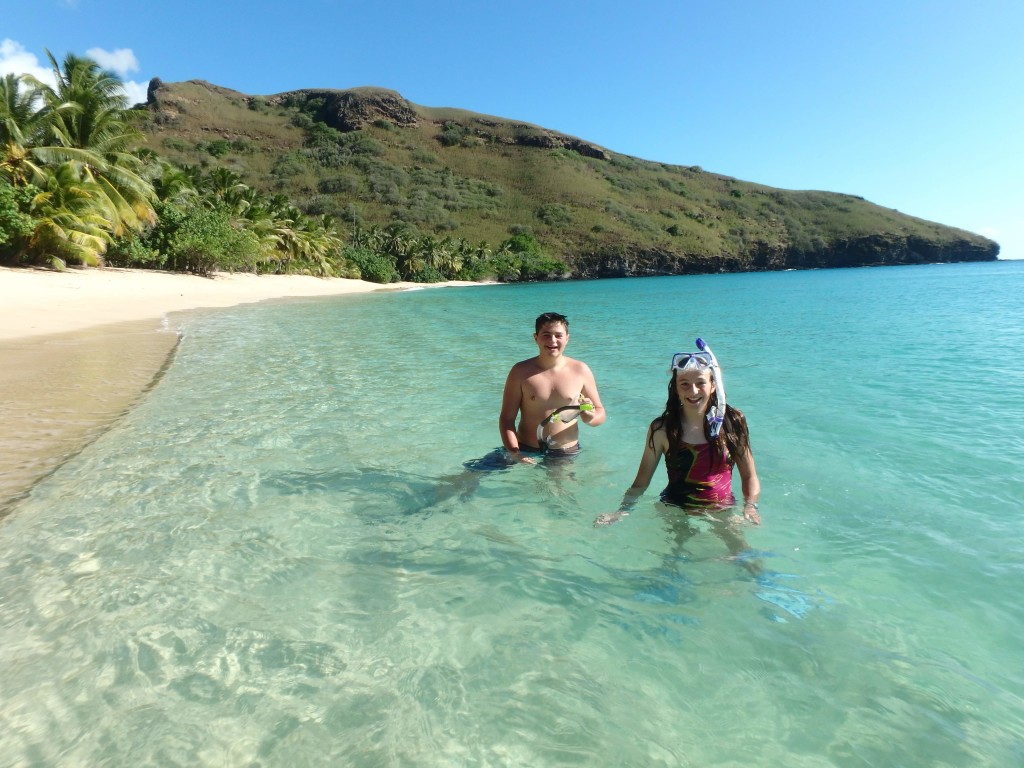
The Marquesas are governed by France and, as such, French language and culture are predominant. After spending 6 months in Mexico, the transition from Spanish to French is still a little awkward for me, despite the fact that my French used to be fairly passable. Although the language is no surprise, some of the other aspects of French culture still catch me off guard. Mornings start early – really early. If you don’t make it to the market by 4:30 – 5am you can forget about fresh veggies. The fish sellers close down by 8am. Fresh bread? The baguettes are cheap and fantastic, but you’d better get there before 9am or you’re not likely to find any. Nearly all stores close for lunch from 11:00am until 2pm, and some reopen from 2 or 2:30 to 5 or 5:30pm.
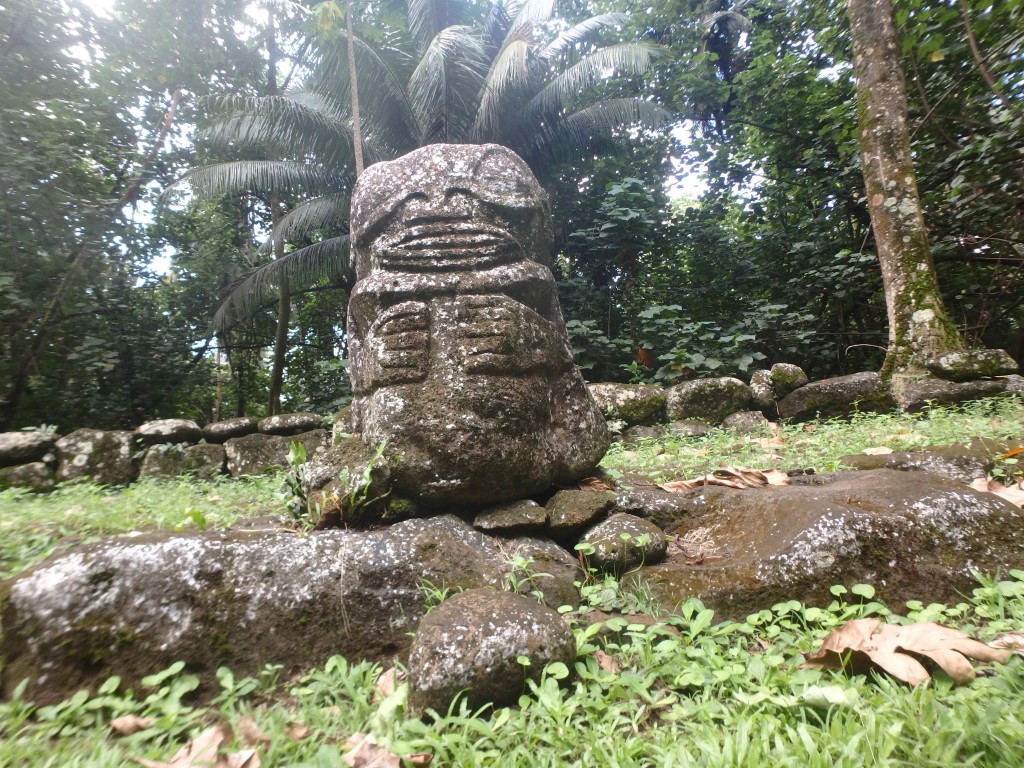
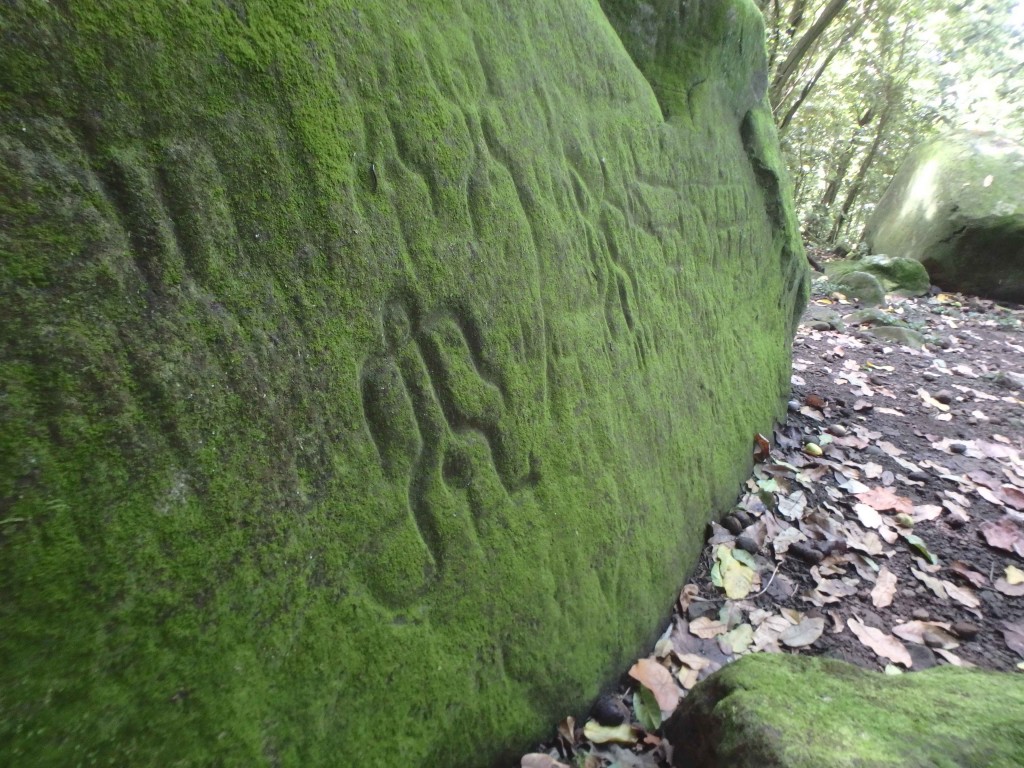
As one might expect, the prices for imported provisions in these remote and sparsely-populated islands are quite high. Restaurant prices are like the US, plus 30% or more. After Mexico, where food is ridiculously cheap, the prices seem especially steep. But the economy is subsidized by the French government, so some grocery items are staggering, while others are strangely reasonable (red-tagged items are subsidized). We gear our provisioning to the subsidized items and have done alright. Sadly, French wines don’t appear to be on the red-tag list, but we have found some staple foods at decent prices including Brie & Gruyere cheese! We’re also enjoying local fruits, such as papaya, and pomplemousse (sweet Polynesian grapefruit). There’s also fresh-caught fish like tuna and wahoo that are cheap, plentiful and seriously delicious. One of the few restaurant meals we enjoyed was “poisson avec sauce vanille” (fish with vanilla sauce), a shockingly scrumptious combination!
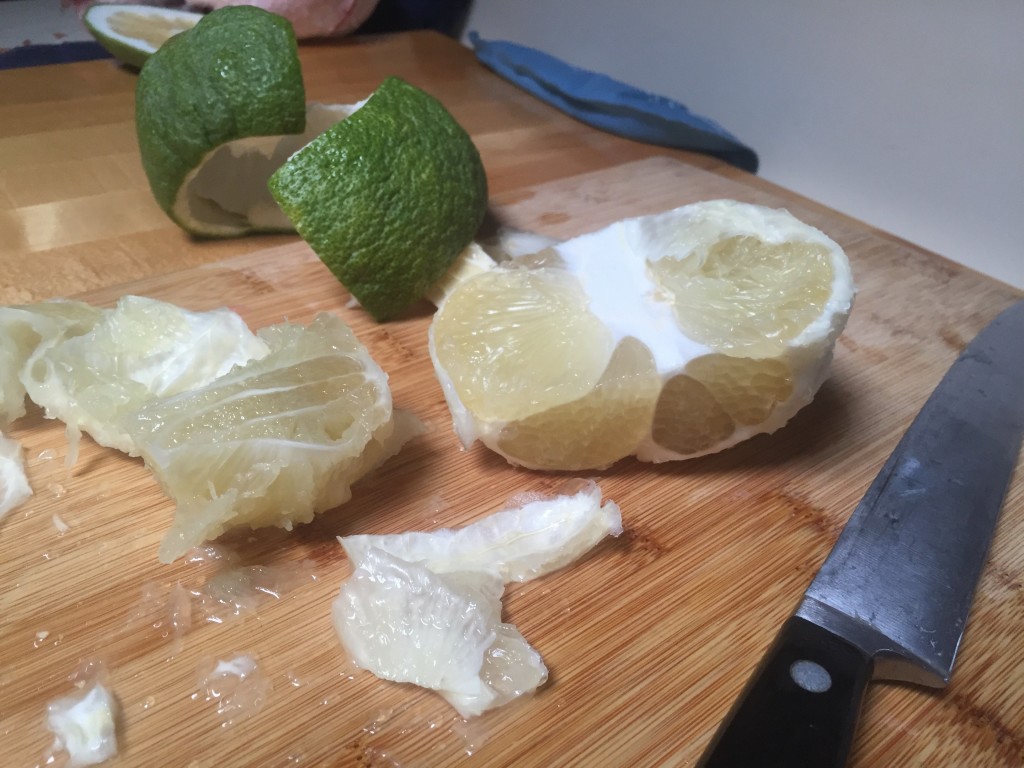
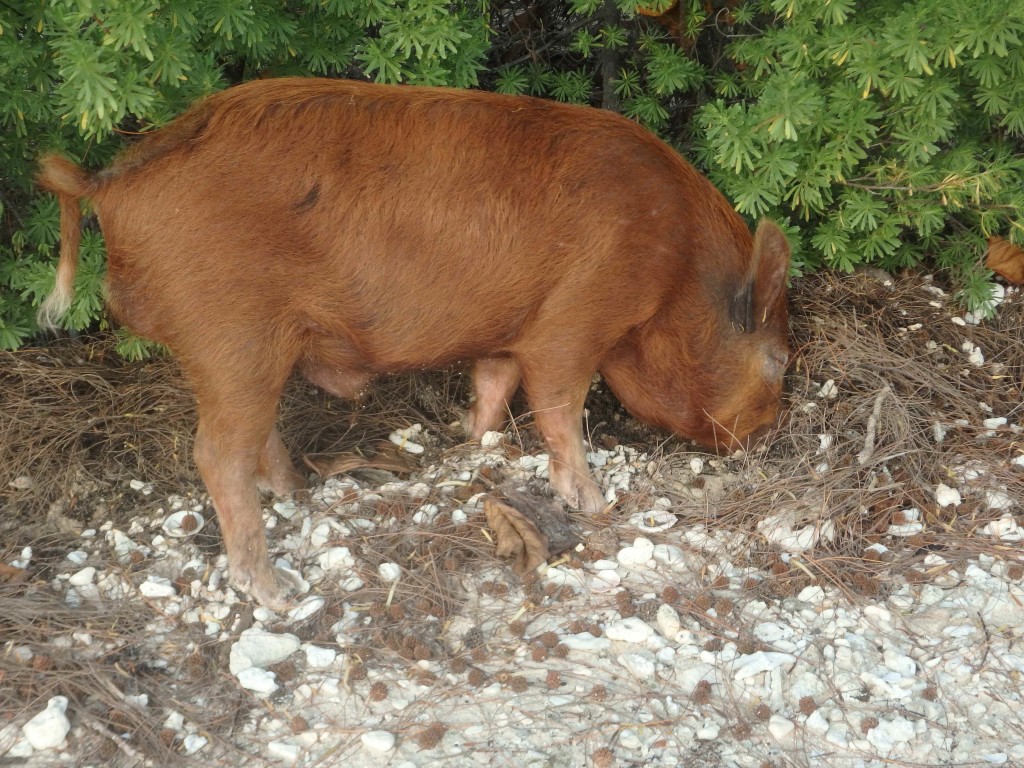
In most of the Marquesas, pigs, goats and chickens roam freely, not just in town, but also in the mountainous wilderness. It makes driving fairly exciting, but I suspect it makes putting food on the table a simple affair for most Marquesans. Between this, the bountiful fish and the unbelievable plenty of fruit available everywhere (literally falling off the trees), most Marquesans don’t really need much from the “grocery store.” Therefore, all that’s offered through the Marquesas and Tuamotus are simple convenience stores called magazines (pronounced maga-zhan).
This plentiful bounty affects many things, even (I think) the culture. Polynesian culture has a strong respect for the past, and focus on the present, but there’s no such thing as planning for the future. In fact, we’re told that Polynesian languages have no words for “future.” Why would you, after all, with only minor seasonal variations in weather and harvest? This creates very subtle, but profound cultural differences that can puzzle and surprise visitors like us.
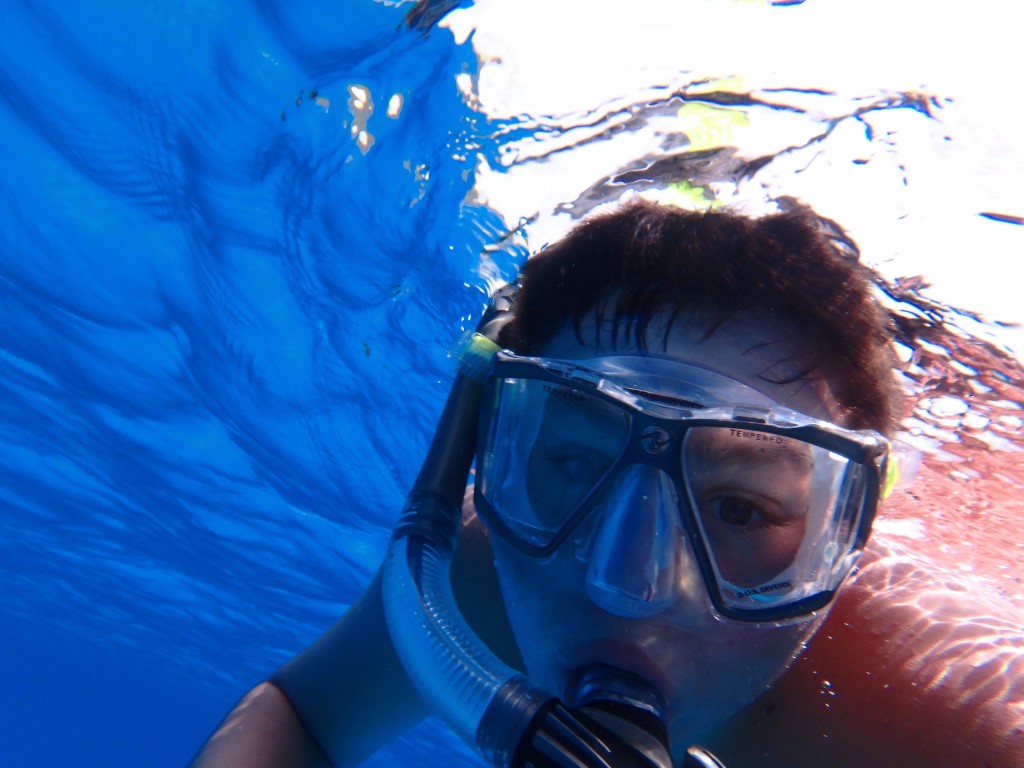

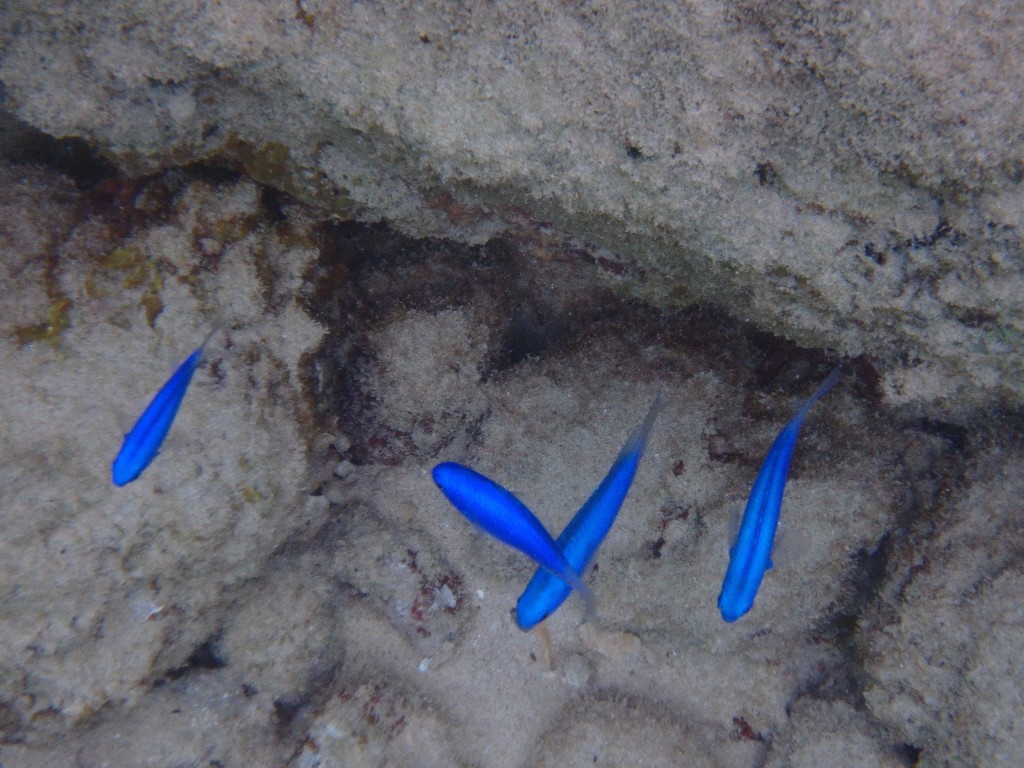
Unfortunately, the clock is ticking on our time in French Polynesia. The standard visa only allows US citizens a visit of 3 months. So we’ve moved on from Nuku Hiva to the Marquesan islands of Oa Pou and Tahuata. We found one of the loveliest anchorages in Hanamoenoa Bay, Tahuata; the water is crystal clear with white sand bottom and fringing coral all around. The underwater visibility is amazing, and there are loads of happy reef fish to enjoy it with us. The kids are now regularly free diving to 30 – 35 feet, much easier to consider when you’re swimming through turquoise glass than in the dark murky depths we’ve been previously accustomed to. It has been a real joy. As we contemplate a rendezvous with Granny in the Tuamotus the time is growing tight; we consider skipping our visit to Fatu Hiva, the last Marquesan Island we’d hoped to visit. All is well. We are together, exploring and learning about ourselves and our world as we go; you can’t ask for much more than that!
